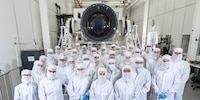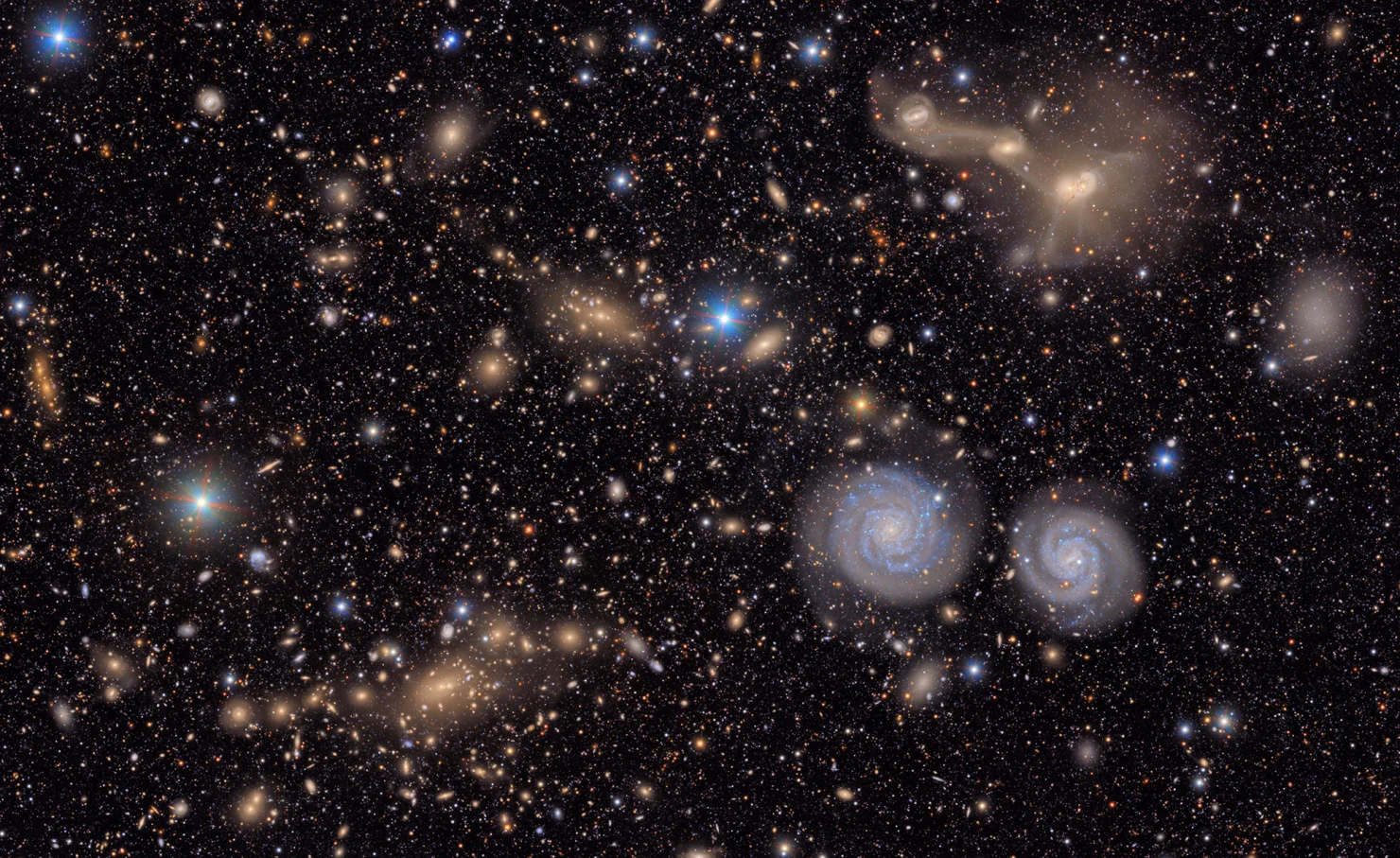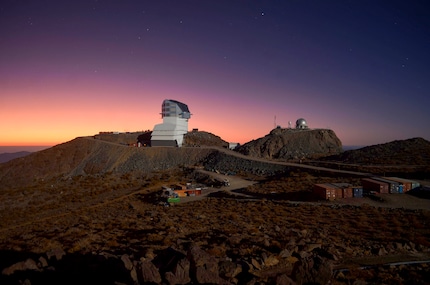
News + Trends
The world's largest camera is ready
by David Lee

The LSST Camera with a resolution of 3.2 gigapixels has gone into operation at the Rubin Observatory in Chile. The first images show nebulae in the Milky Way and a galaxy cluster.
Researchers at the Vera C. Rubin Observatory have published the first images from the LSST Camera. The world's largest camera uses an 8.4 metre mirror construction to expose a 64 centimetre sensor with 3200 megapixels. The system is intended to explore dark matter and dark energy. You can find more details here:
The first images taken by the camera are spectacular and show the cosmos in unprecedented detail. One of the images shows the Trifid Nebula and the Lagoon Nebula, while a second shows the Virgo galaxy cluster. The former consists of 678 individual images taken over around seven hours of observation. The composition of several images makes otherwise invisible details visible.

Both the Trifid Nebula, 2600 light years away, and the Lagoon Nebula, 5200 light years away, are part of the Milky Way. They are also popular observation objects for amateur astronomers. The Virgo galaxy cluster visible in the second image is further away: 50 million light years. According to current knowledge, it contains more than 2000 galaxies. The LSST Camera image shows only a part of it, including two conspicuous spiral galaxies. On Monday, 23 June 2025, at 17:30 Swiss time, those responsible will present more details in a livestream.
«These images and videos will be the first of many that Rubin will release over the next decade», the observatory writes in its press release. The world's largest camera will take three photos per minute for the next ten years, scanning the entire visible southern sky every three to four nights. In this way, Rubin will create the most detailed time-lapse image of the cosmos ever.
«The NSF-DOE Rubin Observatory will capture more information about our universe than all optical telescopes in history combined», says Brian Stone, acting interim director of the US National Science Foundation (NSF). The telescope is also set to revolutionise asteroid defence with its regular images of the night sky. It is located on Cerro Pachón in the Chilean Andes, where the dry climate and altitude offer ideal conditions.

My fingerprint often changes so drastically that my MacBook doesn't recognise it anymore. The reason? If I'm not clinging to a monitor or camera, I'm probably clinging to a rockface by the tips of my fingers.
From the latest iPhone to the return of 80s fashion. The editorial team will help you make sense of it all.
Show all